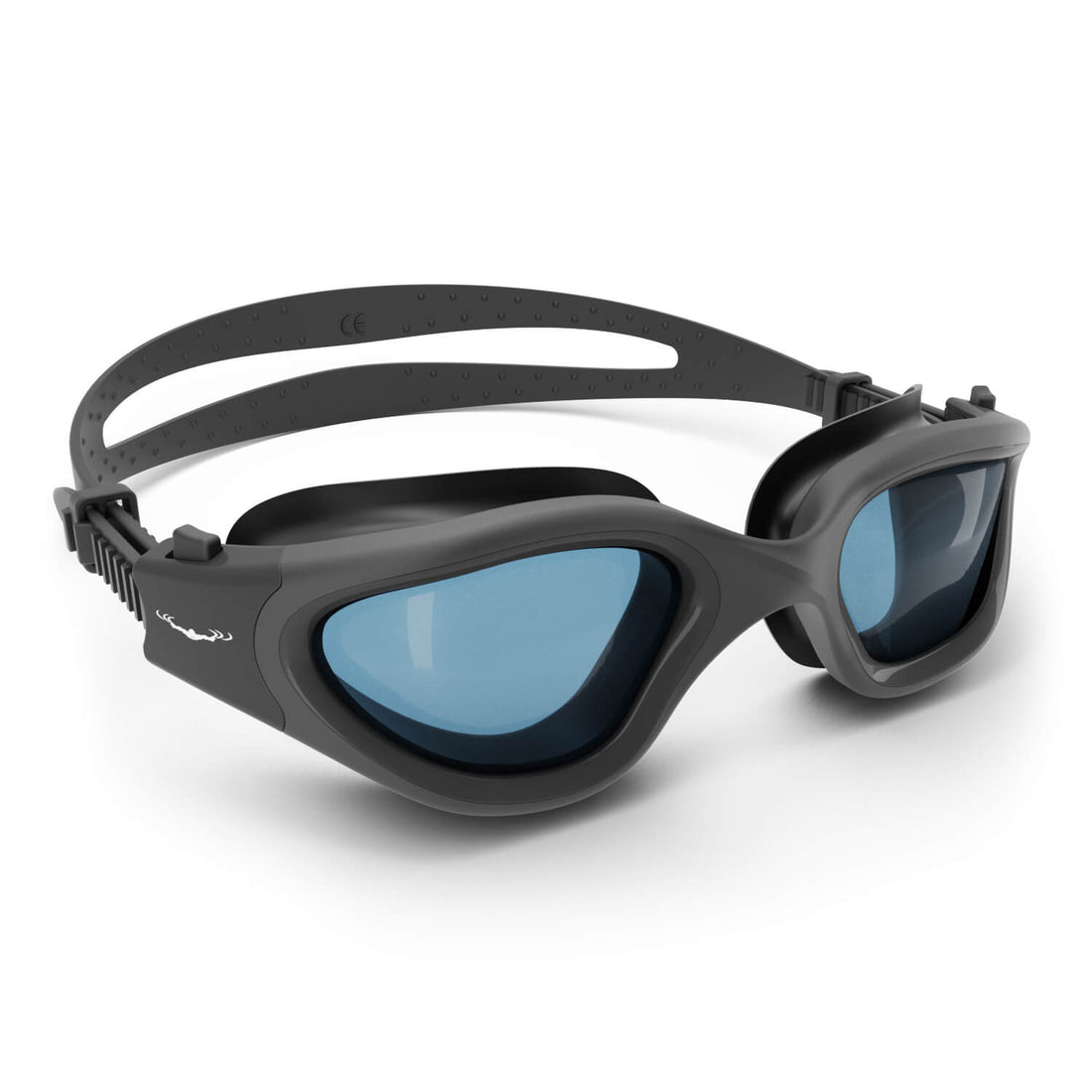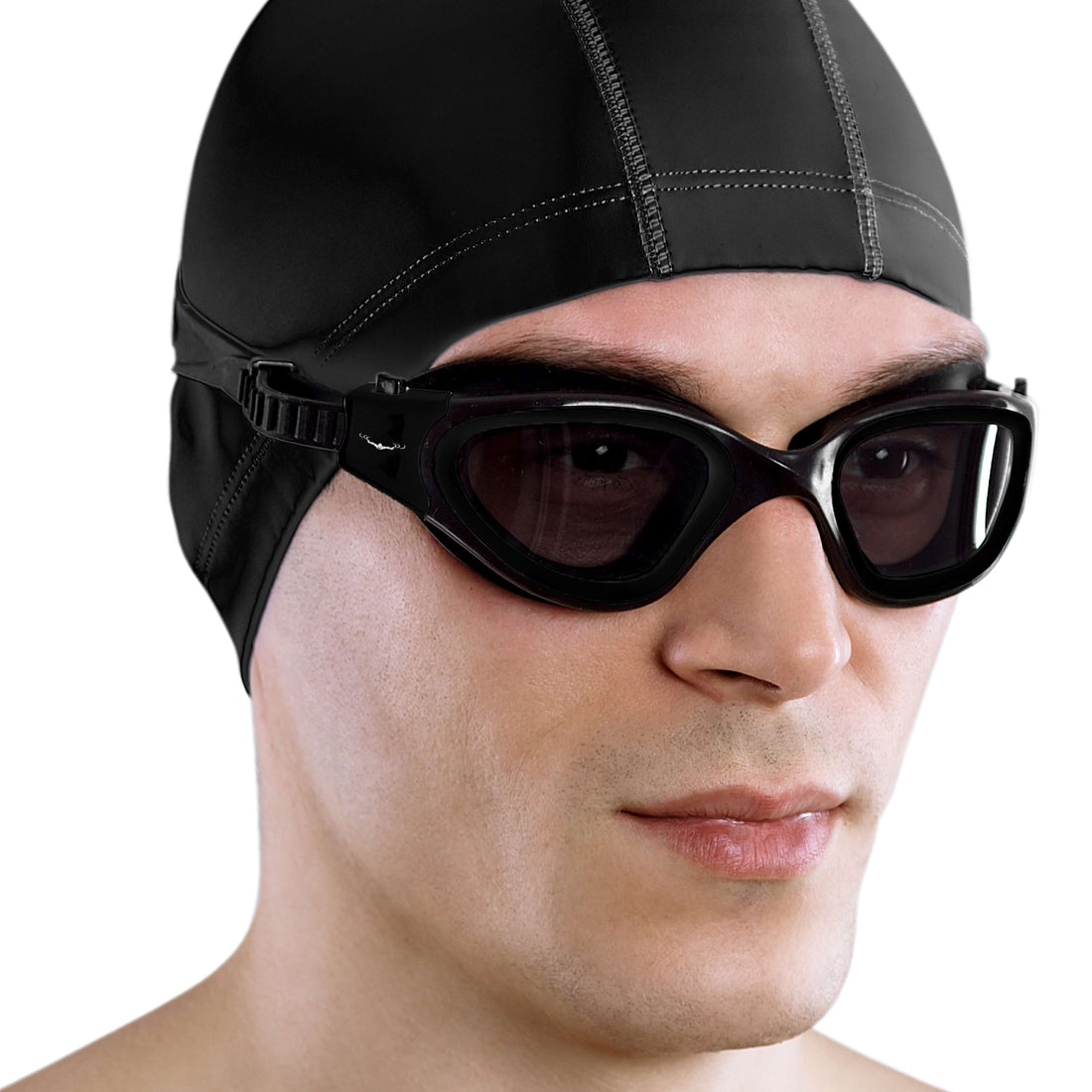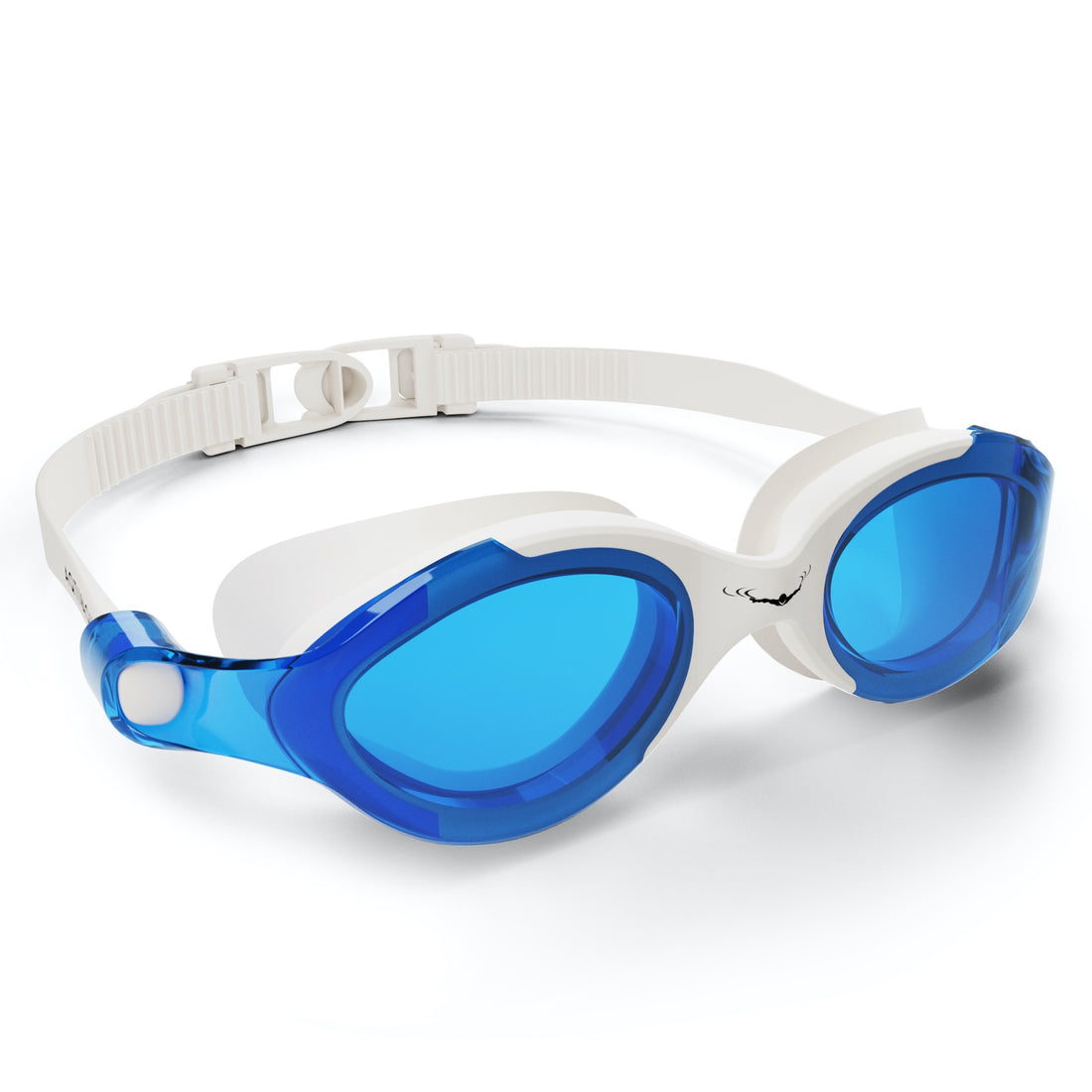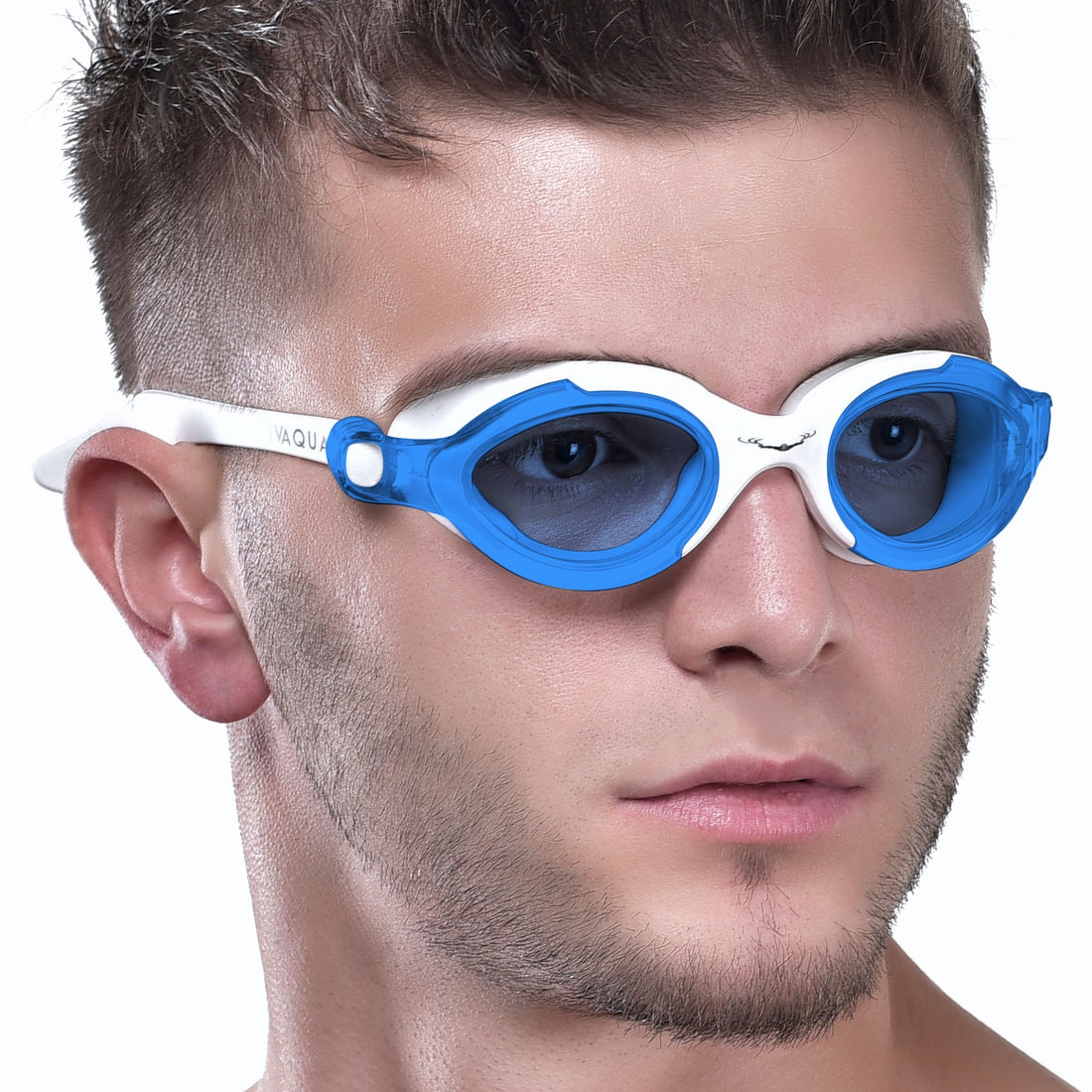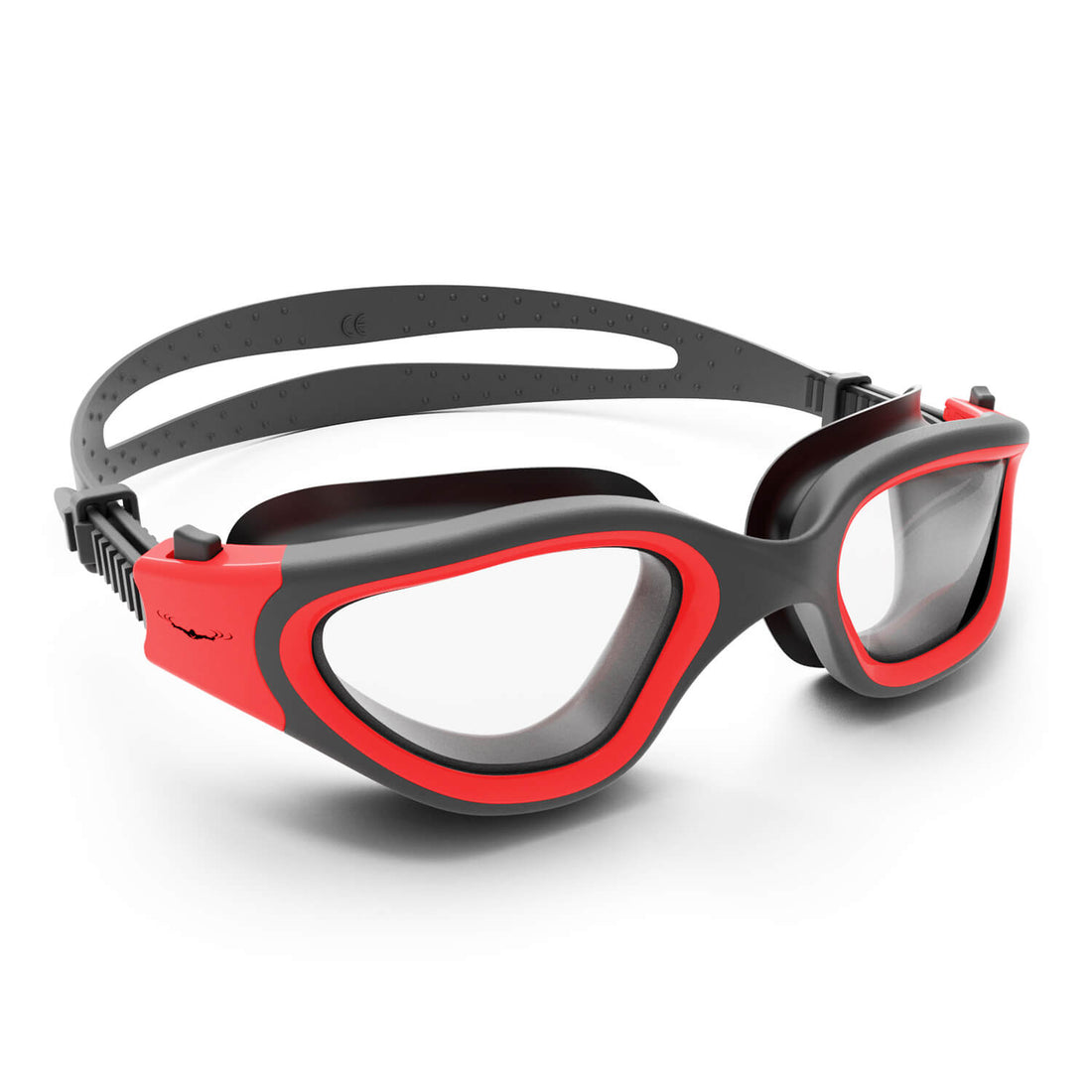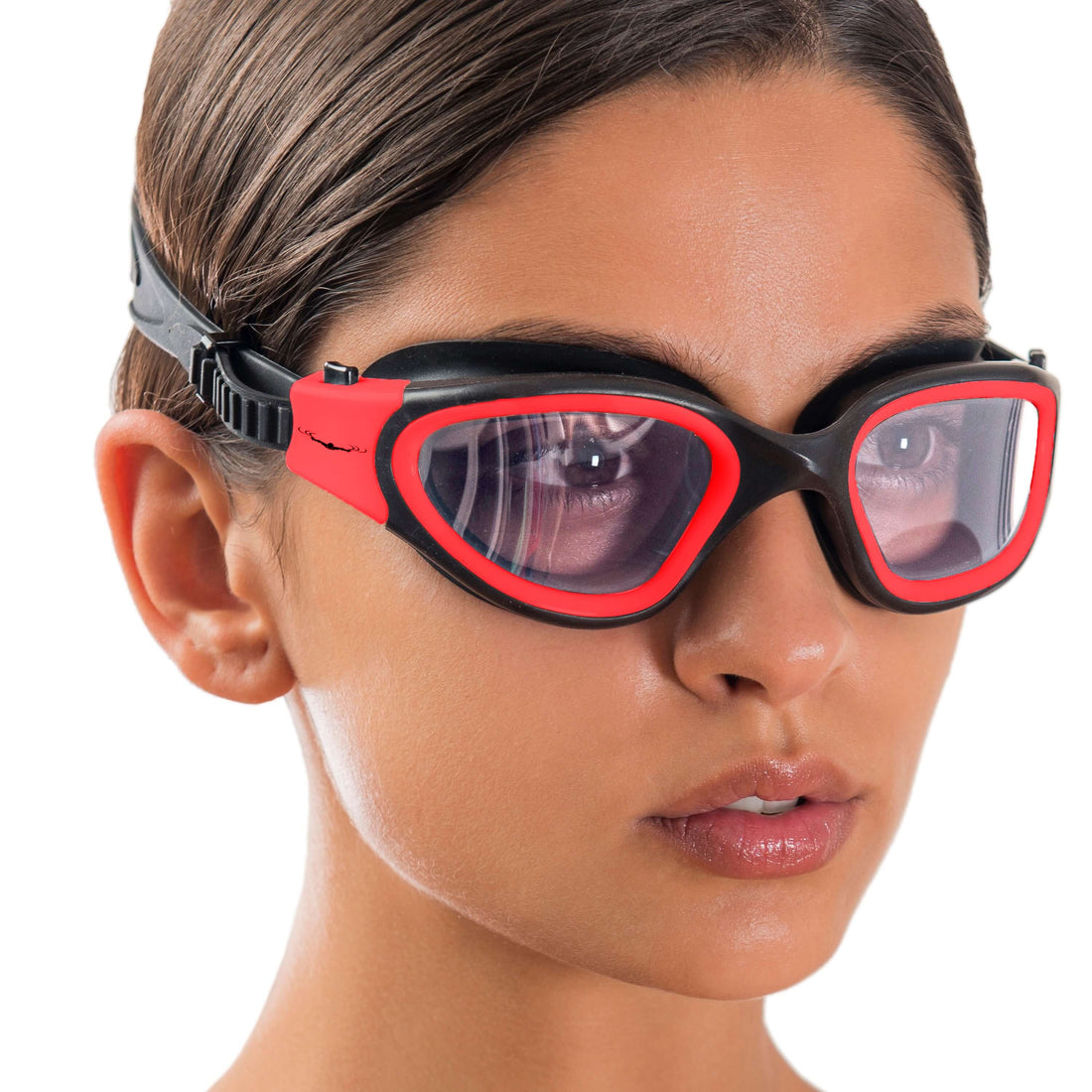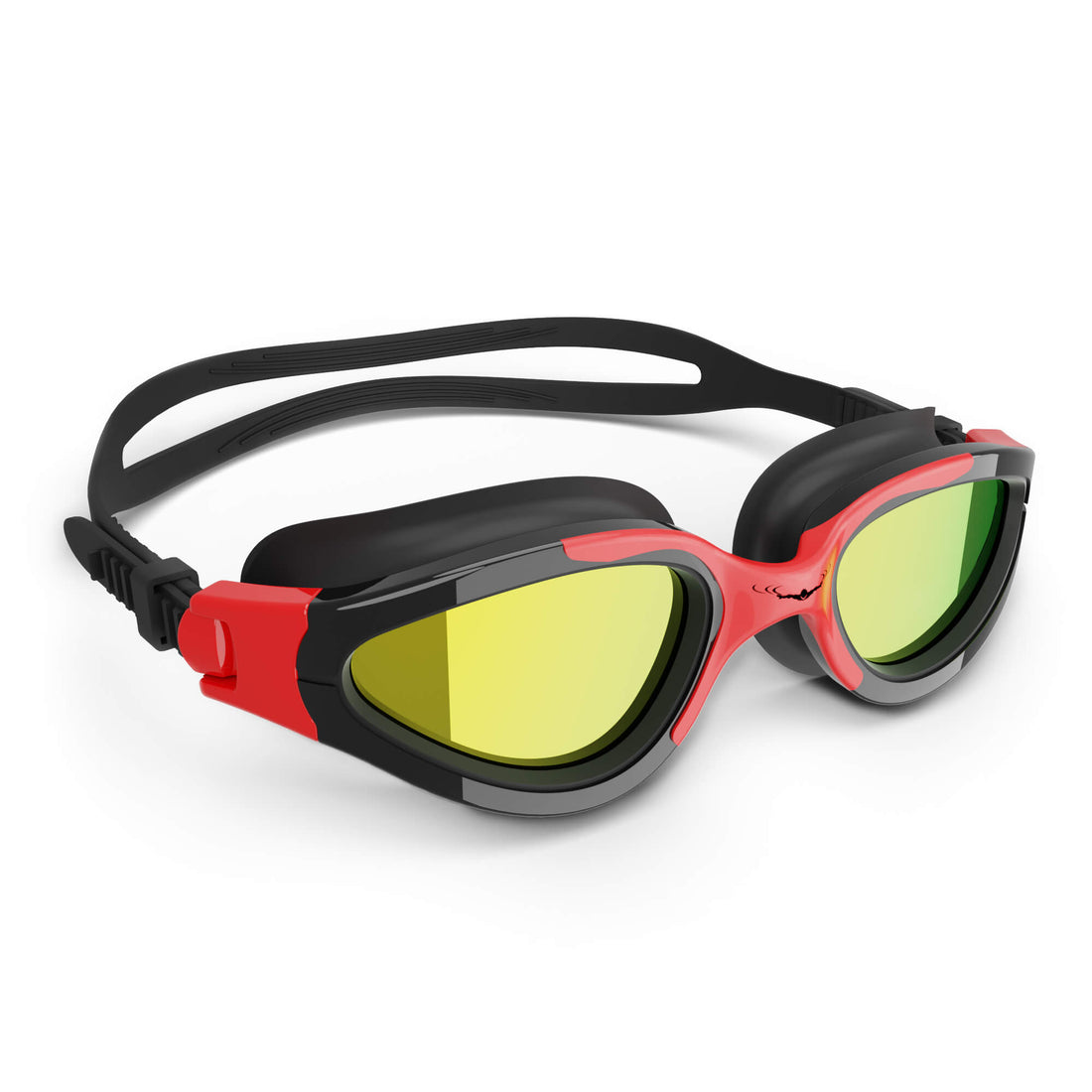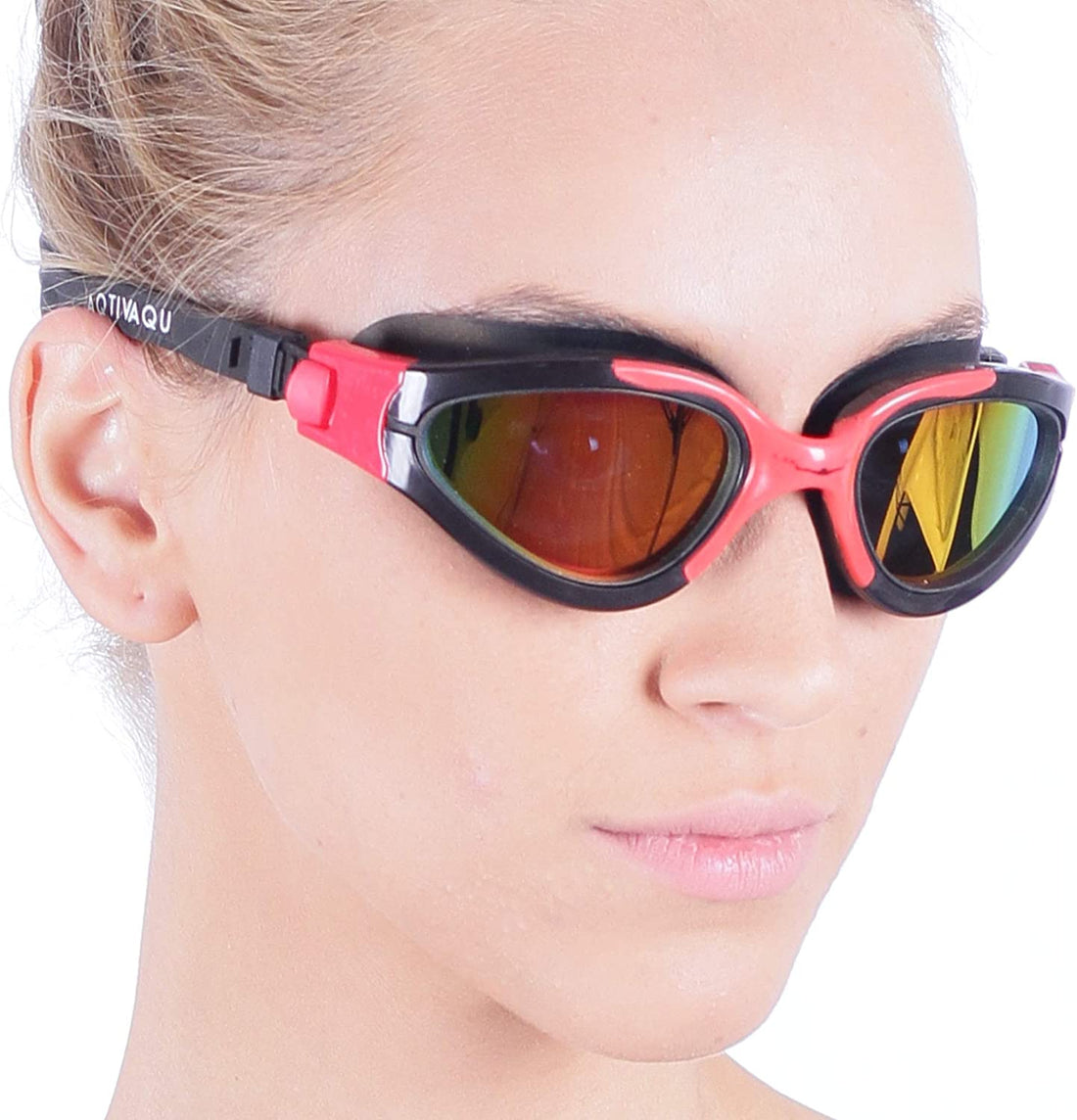Overview
Understanding hydrodynamics is essential for swimmers to optimize performance by minimizing drag and resistance. Key aspects include body positioning, efficient kicking techniques, and the importance of swim gear like goggles and ear bands. Water temperature also impacts performance, affecting buoyancy and muscle function. Training should focus on technique drills and strength to enhance hydrodynamic efficiency. Stay informed about new techniques and gear to improve your swimming experience.
Frequently Asked Questions
1. What is hydrodynamics in swimming?
2. What are the main types of drag swimmers should be aware of?
3. How does body positioning impact swimming performance?
4. Why is swim gear important for swimmers?
5. How does water temperature affect swimming?
Swimming is not just a simple act of moving through water; it is a complex interaction of physics and biomechanics known as hydrodynamics. This fascinating science helps swimmers optimize their performance, improve speed, and minimize resistance. By understanding the principles behind hydrodynamics, swimmers can make informed choices about their gear, including outdoor swimming goggles and swim ear bands, to enhance their overall experience. Let’s dive into the depths of hydrodynamics and discover how it influences swimming techniques.
What Are Hydrodynamics?
Hydrodynamics is the study of fluids in motion. In the realm of swimming, it focuses on how the water interacts with the swimmer’s body. This interaction is vital because it affects how efficiently a swimmer can move. The principles of hydrodynamics can be broken down into several key components:
Fluid Resistance
When a swimmer moves through water, they encounter resistance, commonly known as drag. Drag is a force that opposes the swimmer's motion and is influenced by several factors:
- Speed: The faster a swimmer moves, the more water resistance they face.
- Body Position: A streamlined body position reduces drag by allowing water to flow smoothly around the swimmer.
- Surface Area: The more surface area exposed, the greater the drag force. Swimmers strive to minimize this by using their arms and legs efficiently.
Types of Drag
There are three main types of drag that every swimmer should be aware of:
- Form Drag: Caused by the shape and position of the swimmer’s body.
- Skin Friction: Arises from the interaction between the water and the swimmer's skin, even when the swimmer is perfectly streamlined.
- Wave Drag: Occurs when the swimmer generates waves while moving, which adds resistance.
Streamlining Your Technique
To leverage the principles of hydrodynamics effectively, swimmers often adopt specific techniques to minimize drag. Here are some vital aspects to consider:
Body Positioning
The ideal swimming posture is crucial for optimizing performance. Swimmers should aim to keep their bodies as flat and horizontal as possible to reduce wave and form drag. This includes:
- Head Placement: Keep the head aligned with the spine to reduce drag.
- Arm Position: Extend arms fully during strokes while ensuring that they enter the water smoothly.
- Leg Position: Legs should be kept close to the surface; kicking downwards increases drag.
Efficient Kicking Techniques
Proper kicking is integral to maintaining momentum in swimming. Efficient kicks should:
- Be small and fast rather than broad and forceful
- Utilize the whole leg while minimizing knee bend
- Stay relaxed, allowing for fluid movement through the water
Swim Gear Matters
While technique plays a crucial role in swimming efficiency, the right gear can also make a significant difference. Here are two essential components:
Outdoor Swimming Goggles
Outdoor swimming goggles provide more than just eye protection; they play a role in enhancing visibility and comfort when swimming outdoors. Choosing the right pair can help in several ways:
- Reduced Water Resistance: Opt for low-drag designs that keep water from seeping in.
- Clear Vision: UV protection and anti-fog features ensure clear visibility in sunny environments.
- Comfort: Properly fitted goggles help in maintaining an optimal swimming position without distracting water leaks.
Swim Ear Bands
Swim ear bands are crucial for reducing water entry into the ears, providing not just comfort but also enhancing focus while swimming. Benefits include:
- Ear Protection: Keeps water out, minimizing the risk of ear infections.
- Enhanced Performance: Reduces distractions caused by water sloshing in ears.
- Comfort: Provides a secure fit that allows for a more streamlined swimming experience.
The Physics of Breathing
Effective breathing techniques are fundamental to maintaining speed and endurance in swimming. The timing of breaths can impact your hydrodynamic efficiency, and here are some tips:
Breathing Techniques
Swimmers should implement techniques like:
- Quick Inhalation and Exhalation: Minimizing the time spent out of the water keeps swimmers streamlined.
- Side Breathing: Rotating the head to the side helps maintain a streamlined position while catching a breath.
- Practice Bilateral Breathing: This technique maintains symmetry in stroke and promotes even muscle use.
The Role of Water Temperature
The temperature of the water can significantly affect a swimmer's performance, primarily related to drag and buoyancy. Consider the following:
Impact of Water Temperature
Warmer water can feel more comfortable but can also lead to increased fatigue. Conversely, colder temperatures may provide a refreshing experience but can hinder muscle function. Here’s how temperature impacts swimming:
- Buoyancy Changes: Warmer water is less dense, potentially reducing buoyancy.
- Muscle Performance: Colder water can cause muscles to tense up, affecting movement efficiency.
- Breathing Rate: Swimmers might breathe differently in varying temperatures, directly impacting hydrodynamics.
Training for Hydrodynamic Efficiency
Training to enhance hydrodynamic efficiency requires a focus on both technique and strength. Here are some critical elements to consider when crafting a training regimen:
Drills to Enhance Technique
Incorporate drills that focus on minimizing drag and improving stroke efficiency:
- Glide Drill: This helps swimmers focus on streamline positions.
- Single Arm Drill: Allows swimmers to concentrate on body position and arm entry.
- Catch-Up Drill: Focuses on arm strokes while maintaining a proper body posture.
Strength and Flexibility Training
Incorporate strength training that focuses on core, glutes, and legs to enhance swimming power. Flexibility workouts such as yoga or dynamic stretching can improve range of motion, contributing to better technique.
Stay Informed and Inspired
As you dive deeper into the science of swimming, it’s crucial to stay informed about new techniques and gear innovations. Follow reputable sources that specialize in swimming and sport science. Whether it’s through personal experiences or connecting with other swimmers, sharing insights can foster a community that understands the intricacies of hydrodynamics.
As you continue honing your skills, remember to invest in quality gear, such as outdoor swimming goggles and swim ear bands, that enhance your swimming experience while adhering to the principles of hydrodynamics. You’ll find that the deeper your knowledge, the more efficient and enjoyable your swimming sessions will be.
The thrill of mastering hydrodynamics awaits you! Embrace the science behind swimming, and let it guide you toward unparalleled swimming experiences. Happy swimming!
Linked Product

DX Wide View Swim Goggles + SHOCK Protective Case
The DX Wide View Swim Goggles feature clear, 180° polycarbonate lenses for enhanced visibility in various lighting conditions, ensuring that swimmers can focus on their performance. Designed for comfort and durability, the goggles include soft, flexible seals and an adjustable strap for a secure fit, while the included SHOCK protective case allows for convenient storage. With advanced anti-fog technology and UV protection, these goggles help maintain clear vision both in and out of the water.
View ProductExplore the creations of a fellow Shopify or Wix store owner. Follow this link to their online store. Please be advised that this is a promotional link, and we cannot guarantee the content of the linked store.



